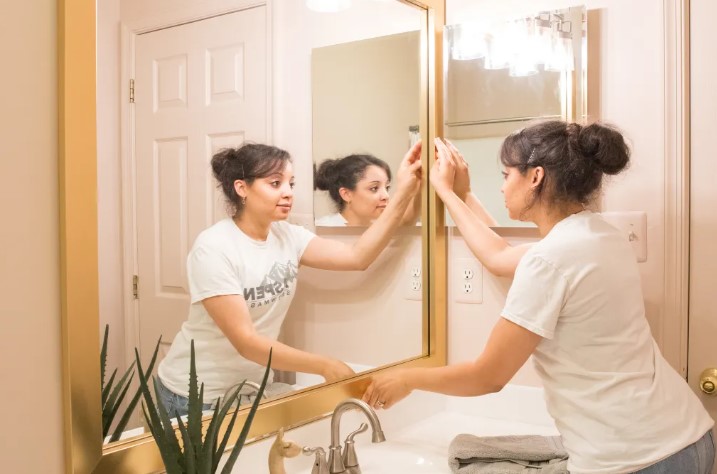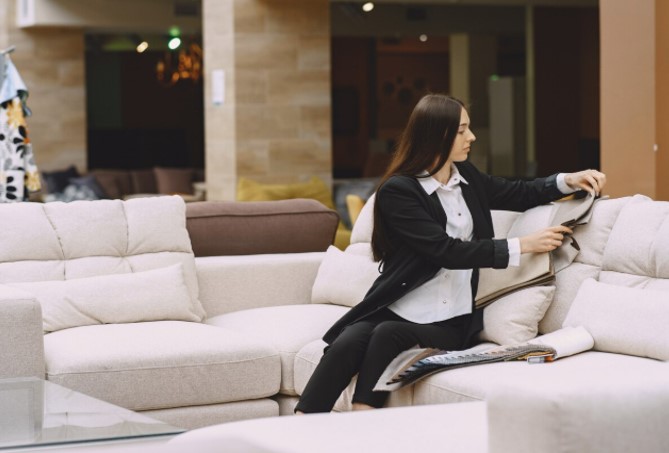These are a few of my favorite things

David Patrick Columbia
Monday, December 20, 2021. Cold and sunny in New York yesterday with temps dropping to freezing after a couple of days with the temps in the 50s and 60s.
Five more shopping days till Christmas (but you musta known that by now, no?). I am not a shopper and the idea of going into a store to look for gifts for someone(s) doesn’t interest me in the slightest. However, having once been in the retail business, I can understand the excitement of Customers, and for that I have great respect and deep admiration.
The thing about this holiday coming up is that it’s a lot of work in the preparation. We don’t necessarily think of it that way, but much time and energy is put into preparing for that day and that week. And by the time it’s over you need to … rest! And in our youth(s) we love the chance to celebrate, especially with friends, family and people we love.

However, aside from the fact that I don’t give it much thought at this time in my life, I do get a lot of reminders. For example, I got two beautiful magazines from Verdura. One about Verdura and one for the work of Belperron. If you do know Verdura, you know it’s a good story. I say this having written a history of the business and its founder and present owners years ago.
Fulco Verdura was a count (or a duc) from a ranking family in Sicily. He was sophisticated, witty, clever and knew everybody on both sides of the Atlantic and throughout Europe. Through Linda (Mrs. Cole) Porter, he raised interest in backing him in his business. He designed jewelry that accommodated the client and built a huge business among the rich and their worlds.
He originally had a studio on the second floor of the Henri Bendel store on Fifth Avenue. His chic clients and friends, both men and women, would stop by the studio for cocktails and chatter with Fulco as he might be sitting at his design table busy coming up with ideas. He was both amusing and highly respected. After he retired, his business with its thousands of designs was acquired by Ward Landrigan sometime in the ‘80s, and is now run by his son Nico Landrigan. They have maintained the air of sophistication that Verdura created and personified his work and his audience.

With all that said, I looked at the magazines they’ve recently mailed. The stuff is beautiful. I could see why it appeals. It’s both sophisticated and glamorous. And the prices…! I’m laughing, not at the prices so much as what those prices mean to me, working boy that I am. Nevertheless I could see how easily they are acquired by connoisseurs of beauty and wit.

All of which reminded me of a new advertiser on the NYSD. And that is Emilio! You’ve seen the ad, no? The diamonds! Talk about beautiful, and easily acquired. Emilio is new to me. He is the man behind it. His story itself is classic and commendable. A lesson in life. When Emilio was only 12, on summer vacations, he worked for cousins who had a jewelry business. He started off doing what a 12-year-old could do; messengering.
However, he evidently was so reliable that he was given more responsibilities and also was learning about the business of diamonds! It caught his fancy. It’s a classic tale of a successful person. By 17, Emilio was already traveling around the world selling the diamonds, Sapphires and rubies. By his early 20s, he’d started his own business.
Now Emilio uses many of his own sketches — like duc de Verdura — and unique ideas. His “secret recipe” to maintain consistent quality is simple: not one diamond is used in their jewelry without Emilio himself approving the 4c’s.

And last but certainly not least, another great mailing about a business from our friend Louis Bofferding with some examples of recent acquisitions for sale. Louis is one of those people who is also passionate about his business, and his collections are full of information and expression. I’m thinking specifically of a watercolor that Louis writes about:

To call Joe Eula a minor artist would be missing the point. From the ’50s to the ’80s Joe cut a wide swathe on the New York scene as a graphic, costume, fashion, stage-set artist, and film-set designer; as a stylist, party giver, and briefly as a model agency macher. He was in his day, the art director extempore of Manhattan. And if you’ve never heard of Eula (or hadn’t before David Pittu played him in the Netflix Halston series), it’s because he was famous, to employ a contradiction in terms, as an éminence grise.

No wonder Andy Warhol referred to him in typical, ditzy, Warholian hyperbole as “the most important man in New York.” Yet his Polaroid portraits of Eula [one to the right] make our point, if not Andy’s own, since he never shot anyone who wasn’t a rich paying customer, a pretty young thing, a freak, a famous artist, or a celebrity. Eula, somewhat uneasily, fell between the last two categories.
Not that Eula was poor or unattractive. He came from a hardscrabble Italian-American background in South Norwalk, Connecticut, where he was raised by his widowed mother who ran a grocery store. When he was seventeen, shortly after the outbreak of World War II, he lied about his age to join the Army, saw action in Italy, and was awarded a Bronze Star (if he was traumatized by the experience, in later years he blew it off with the quip, “I never had so many men”).
On his return he took classes on the GI Bill at the Art Students League, and formed a business partnership with the photographer Milton Greene to produce features for Life and Look magazines, and a couple of films. Greene was behind the camera and Eula styled and painted the backdrops.

On his own, Eula illustrated Eugenia Sheppard’s famous newspaper fashion column, did illustration work for Vogue and Harper’s Bazaar, designed ballet costumes and sets for Jerome Robbins, an album cover for Miles Davis, and a benefit invitation for Cesar Chavez and the National Farm Workers (this, in the day of ‘radical chic’).
He also threw weekly evening bashes attended by everyone who was anyone – not just Halston, Andy, Liza, Truman, and Elsa (Peretti), but Lily Auchincloss, Martha Graham, Lauren Bacall, Anjelica Houston, Barbra Streisand, Diana Vreeland, Bill Blass, Tammy Grimes, Marina Schiano, and, when in town, Yves Saint-Laurent and Loulou de la Falaise.
Eula’s hallmark as a draughtsman was a slapdash, elegant, modern simplicity — ”if you could do it with one line why put down fifty?” — and, as a personality, a cocky outrageousness — “these are the worst fucking clothes I’ve ever seen!” he shouted as he stormed out of a Saint-Laurent show. A surfeit of cocaine accounts, in part, for that outrageousness and slapdashery, but it was talent that put him on map, and Halston’s payroll as a creative director.
Eula became indispensable not only for his ability to convey the spirit of a collection in sketches, which often had second lives as ads [above left], but in the very realization of those collections through a circular design process that involved drawing, draping, critiquing, and yet more drawing.

On occasion, Eula would save the day, as in 1973 when Halston and four other New York fashion designers were pitted against the big guns of Paris in the so-called ‘Battle of Versailles.’ The backdrop for this high-society benefit fashion show had been executed in yards rather than meters, so Eula improvised on the spot with gallons of house paint and a broom to create an enormous image of the Eiffel Tower on a roll of photographer’s backdrop paper [a related sketch to the right].
By every account, the Americans won that battle, if not the ongoing war.
Halston crashed and burned in the late 1980s, unlike Eula, who knew when to stop — or when to get away. In the mid 1970s he bought an 18th-century farmhouse with five acres of land in the Hudson Valley. He stripped away unsightly accretions, mixed modern furniture with antique finds, converted an outbuilding to a studio, installed a swimming pool (paid for by Halston), and took up flower painting.
After decades of sketching top models and socialites in expensive frocks, Eula now painted the flowers that grew in his garden. If his style was as slapdash as ever, he embraced happenstance as never before.


A favorite painterly passage in our watercolor of a sunflower is a patch of raw paper (below) which managed to escape a surging green tide, only to lose its virginity to an accidental brown splat. The continuity of his vision, however, is what Eula stressed in a 2002 interview when speaking of the evanescent immediacy “of watercolor, clothes, a moving figure, a beautiful flower that blooms,” and “the goddamned falling petals” at the “most gorgeous moment.”
He went on to praise “bright colors — roses and hollyhocks, delphiniums and nasturtiums, dahlias and zinnias, daisies and poppies, and sunflowers the size of your grandmother’s head.” And so, to the incredulity of the Studio 54 set, Eula became a modern Redouté, and found contentment in his final years at the end of a country road.
Louis Bofferding
[email protected]
The Fine Arts Building, 5th floor
232 East 59th Street









